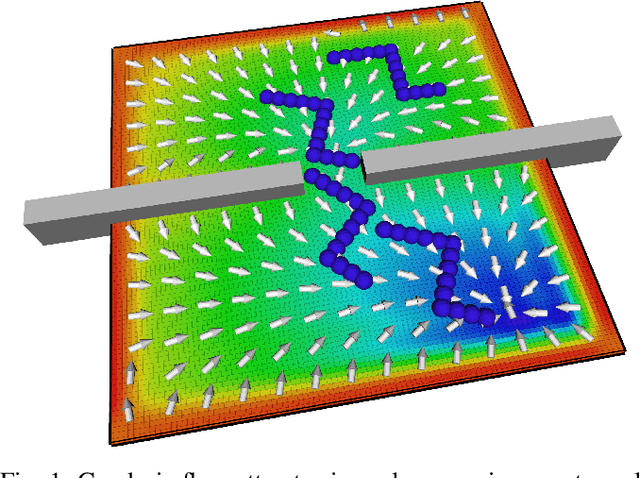An Interior Point Method Solving Motion Planning Problems with Narrow Passages
Paper and Code
Jul 09, 2020



Algorithmic solutions for the motion planning problem have been investigated for five decades. Since the development of A* in 1969 many approaches have been investigated, traditionally classified as either grid decomposition, potential fields or sampling-based. In this work, we focus on using numerical optimization, which is understudied for solving motion planning problems. This lack of interest in the favor of sampling-based methods is largely due to the non-convexity introduced by narrow passages. We address this shortcoming by grounding the motion planning problem in differential geometry. We demonstrate through a series of experiments on 3 Dofs and 6 Dofs narrow passage problems, how modeling explicitly the underlying Riemannian manifold leads to an efficient interior-point non-linear programming solution.
 Add to Chrome
Add to Chrome Add to Firefox
Add to Firefox Add to Edge
Add to Edge